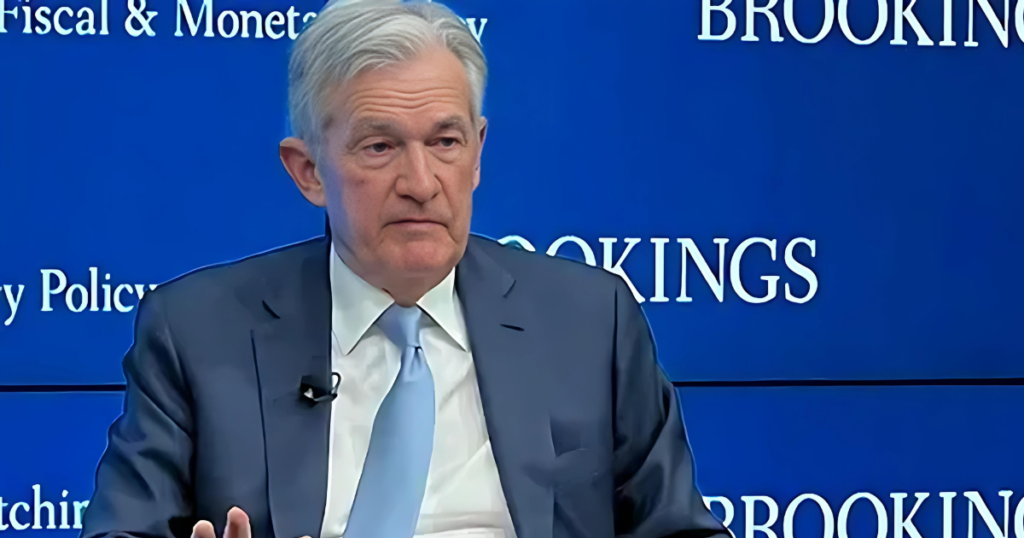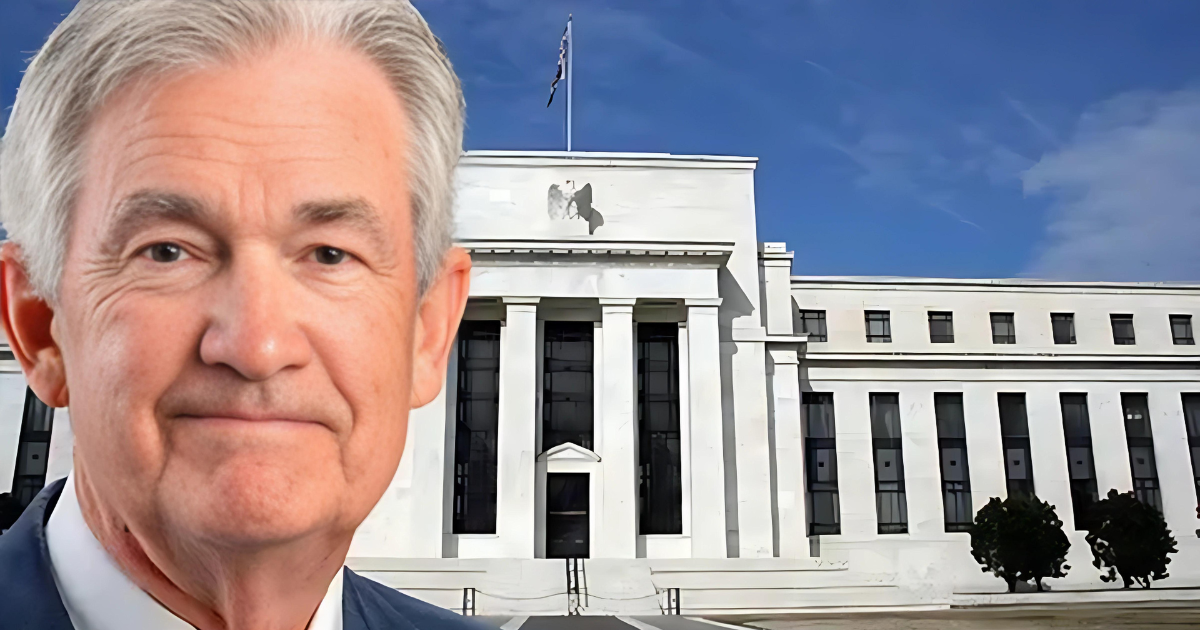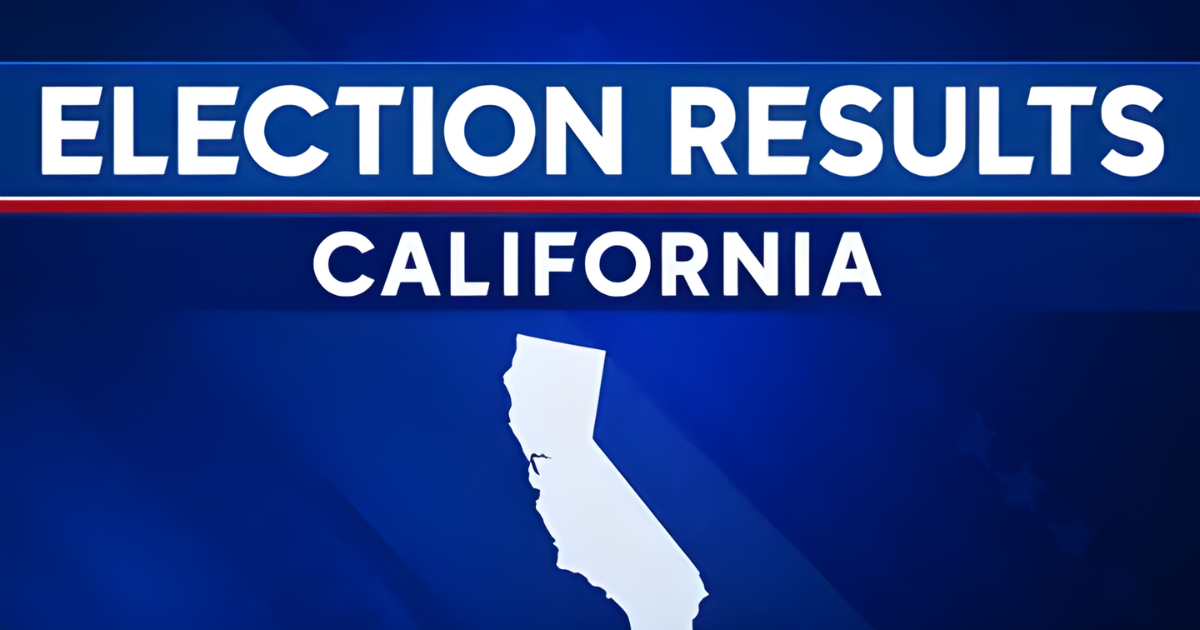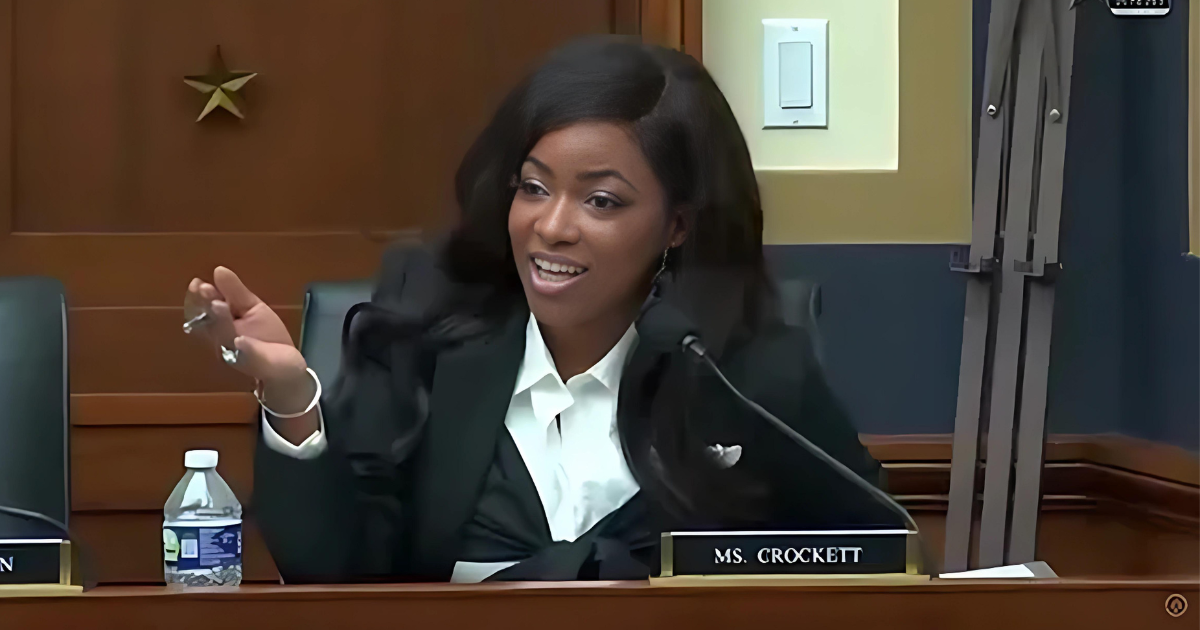Introduction
In the ever-evolving landscape of global finance, few events carry as much weight and anticipation as the Federal Reserve’s (Fed) meetings. Held multiple times throughout the year, these gatherings are where the central bank’s policymakers convene to deliberate on the nation’s monetary policies. Their choices, which frequently center on interest rates, significantly impact consumers, companies, and the economy as a whole.
As we approach the pivotal Fed meetings of 2024, investors, analysts, and the general public must understand the inner workings of this influential institution and the factors that guide its decision-making process. In this comprehensive article, we will delve into the intricacies of the Fed meetings, exploring their significance, the key players involved, and the potential outcomes that could shape the financial markets.
The Significance of the Fed Meetings
Influencing Interest Rates
- The Fed’s primary tool for managing the economy is the federal funds rate, which directly impacts borrowing costs for individuals and businesses.
- Interest rate fluctuations significantly impact company investment, consumer spending, and economic development.
Economic Stability and Inflation Control
- One of the Fed’s core mandates is to promote price stability and maintain a healthy level of inflation.
- The Federal Reserve (Fed) seeks to balance promoting economic development and lowering inflation through monetary policy choices.
Market Sentiment and Investor Confidence
- Financial markets closely watch the Fed meetings, as the central bank’s actions and forward guidance can significantly influence investor sentiment and market volatility.
- Unexpected policy shifts or deviations from market expectations can trigger substantial movements in stock prices, bond yields, and currency exchange rates.
The Key Players in the Fed Meetings
The Federal Open Market Committee (FOMC)
- The FOMC is the Federal Reserve’s decision-making committee and is in charge of monetary policy.
- It consists of 12 voting members, including the seven members of the Board of Governors and five rotating Federal Reserve Bank presidents.
The Chair of the Federal Reserve
- Jerome Powell, the Federal Reserve’s current Chair, holds significant influence and serves as the public face of the central bank.
- The Chair’s statements and comments during Fed meetings and press conferences are scrutinized for insights into the Fed’s thinking and future policy moves.
Federal Reserve Bank Presidents
- The presidents of the 12 regional Federal Reserve Banks participate in FOMC meetings and contribute to the policy discussions.
- While only five bank presidents have voting rights on a rotating basis, their opinions and regional economic perspectives are crucial in shaping the final policy decisions.
The Fed Meeting Agenda: Key Considerations
Economic Data and Projections
- The FOMC monitors economic indicators, including employment rates, inflation levels, consumer spending, and GDP growth.
- These data points and economic projections from the Fed’s staff and external sources guide the committee’s assessment of the current and future state of the economy.
Financial Stability Concerns
- Maintaining the financial system’s stability is another critical responsibility of the Federal Reserve.
- When formulating monetary policy decisions, the FOMC evaluates potential risks and vulnerabilities, such as asset bubbles, excessive leverage, or systemic shocks.
Global Economic Developments
- In today’s interconnected global economy, the Fed must recognize international developments and their potential impact on the U.S. economy.
- Factors such as global trade tensions, geopolitical risks, and economic conditions in major trading partners are considered during Fed meetings.
The Interest Rate Decision: Weighing the Pros and Cons
At the heart of every Fed meeting lies the pivotal decision regarding the federal funds rate, the benchmark interest rate influencing borrowing costs throughout the economy. The FOMC members engage in rigorous discussions, weighing the potential benefits and drawbacks of adjusting interest rates.

Raising Interest Rates
- Pros:
- Curbs inflationary pressures by making borrowing more expensive and encouraging saving.
- It helps maintain price stability and prevent the economy from overheating.
- Cons:
- Higher borrowing costs can dampen consumer spending and business investment, potentially slowing economic growth.
- Increases the burden of debt servicing for households and businesses with existing loans.
Lowering Interest Rates
- Pros:
- Stimulates economic activity by making borrowing cheaper and encouraging spending and investment.
- It can help boost employment and support economic recovery during periods of weakness or recession.
- Cons:
- Low-interest rates may fuel excessive risk-taking and asset bubbles in financial markets.
- It could lead to higher inflation if not appropriately managed.
The Fed Meeting Aftermath: Communicating and Interpreting the Decision
The Policy Statement and Press Conference
- After each Fed meeting, the FOMC releases a policy statement outlining its decision and rationale.
- The Chair of the Federal Reserve holds a highly anticipated press conference, where they provide additional context and insights into the committee’s thinking.
Market Reactions and Investor Sentiment
- The financial markets closely monitor the Fed’s communication and swiftly react to surprises or deviations from expectations.
- Unexpected policy moves or hawkish (more aggressive) or dovish (more accommodative) tones can trigger significant volatility in stock prices, bond yields, and currency markets.
Forward Guidance and Future Expectations
- The Fed’s forward guidance, which provides clues about the potential path of future interest rate changes, is crucial in shaping market expectations.
- Investors and analysts scrutinize the Fed’s language and projections to gauge the central bank’s stance on future policy decisions.
Conclusion
The Fed meetings are pivotal events with far-reaching implications for the global financial landscape. As we approach the highly anticipated gatherings in 2024, individuals, businesses, and investors must stay informed and understand the intricate decision-making process that shapes the nation’s monetary policy.
We can better navigate the potential economic impacts and make well-informed choices by grasping the significance of the Fed meetings, the key players involved, and the factors influencing interest rate decisions. At DIGITAL NEWS PLANET, we remain committed to providing comprehensive and insightful coverage of these crucial events, ensuring our readers stay ahead of the curve in the ever-evolving financial markets.
-
How often does the Federal Reserve hold its meetings?
The Federal Open Market Committee (FOMC) typically holds eight scheduled meetings per year, although additional meetings can be called if necessary.
-
What is the Fed’s primary objective during these meetings?
The Fed’s primary aim is to review and adjust monetary policy to promote maximum employment, stable prices, and moderate long-term interest rates.
-
How does the Fed communicate its decisions to the public?
After each meeting, the Fed releases a policy statement detailing its decisions and rationale. Additionally, the Chair of the Federal Reserve holds a press conference to provide further context and answer questions from journalists.
-
What factors does the Fed consider when deciding on interest rate changes?
The Fed considers a range of economic indicators, including employment rates, inflation levels, consumer spending, GDP growth, financial stability concerns, and global economic developments.
-
How can individuals and businesses prepare for potential interest rate changes?
They should closely monitor the Fed’s policy statements, projections, and forward guidance to anticipate possible changes. Then, they can adjust their borrowing, saving, and investment strategies accordingly to mitigate risks and capitalize on opportunities.





